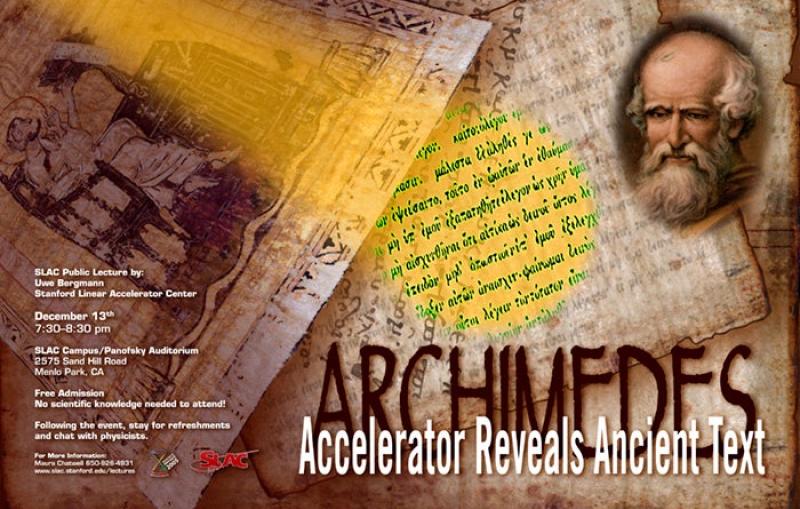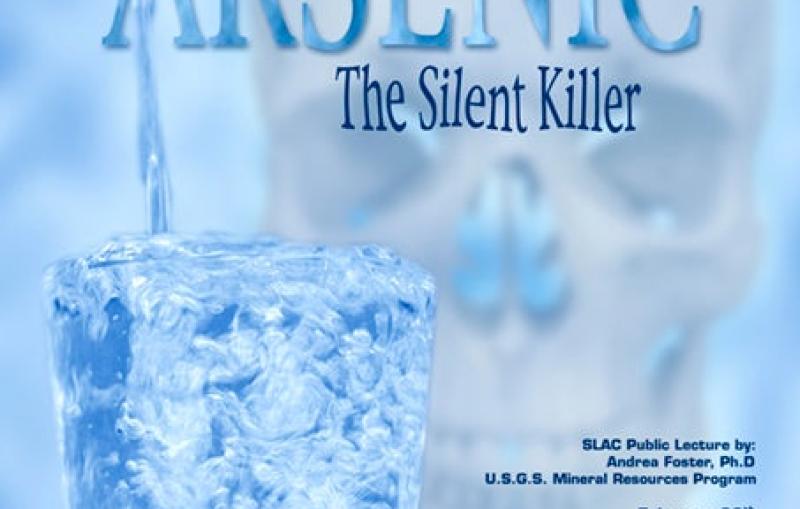

Public Lecture Poster
Archimedes (287-212 BC), who is famous for shouting ‘Eureka’ (I found it) is considered one of the most brilliant thinkers...


SSRL is a pioneering synchrotron radiation facility known for outstanding science, technological innovation and user support. It provides extremely bright X-rays that scientists use for a wide range of research that probes matter on the scales of atoms and molecules.



